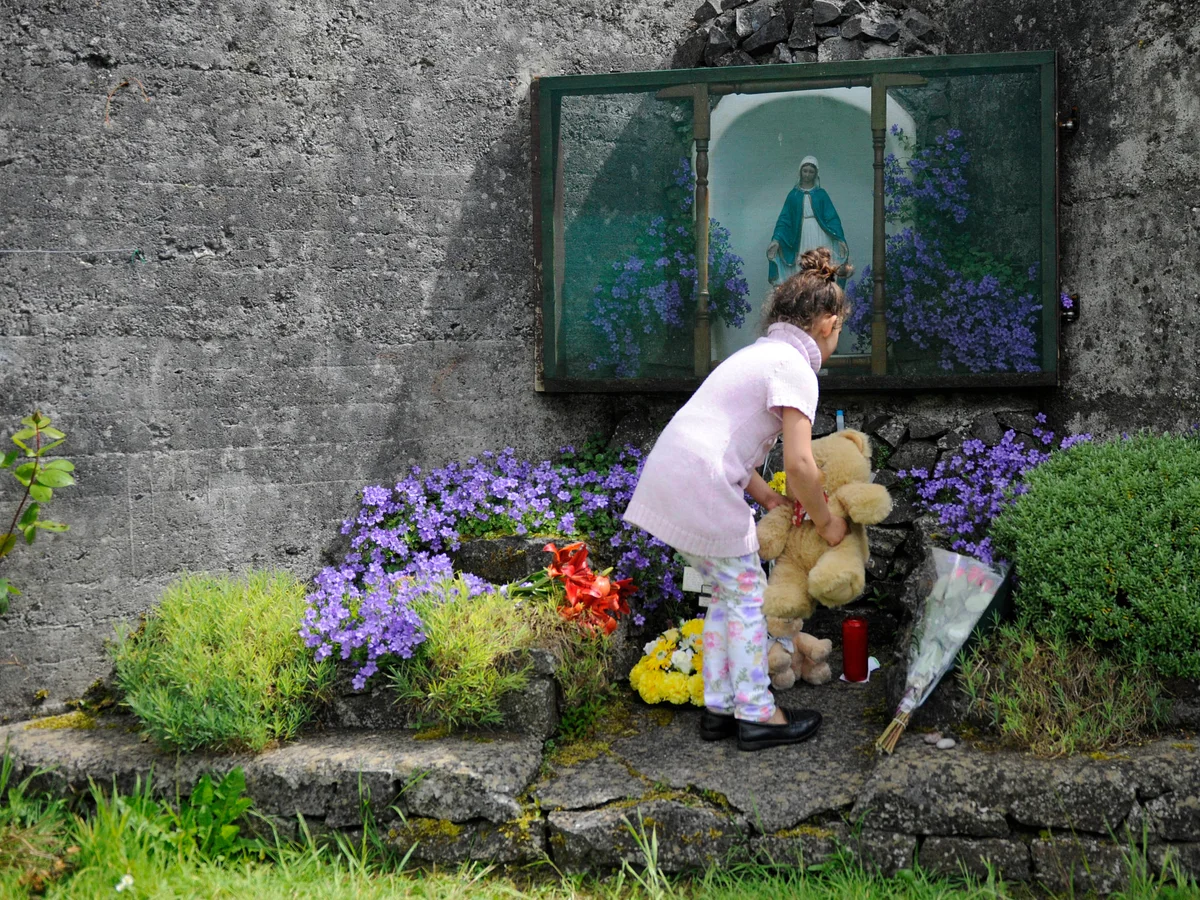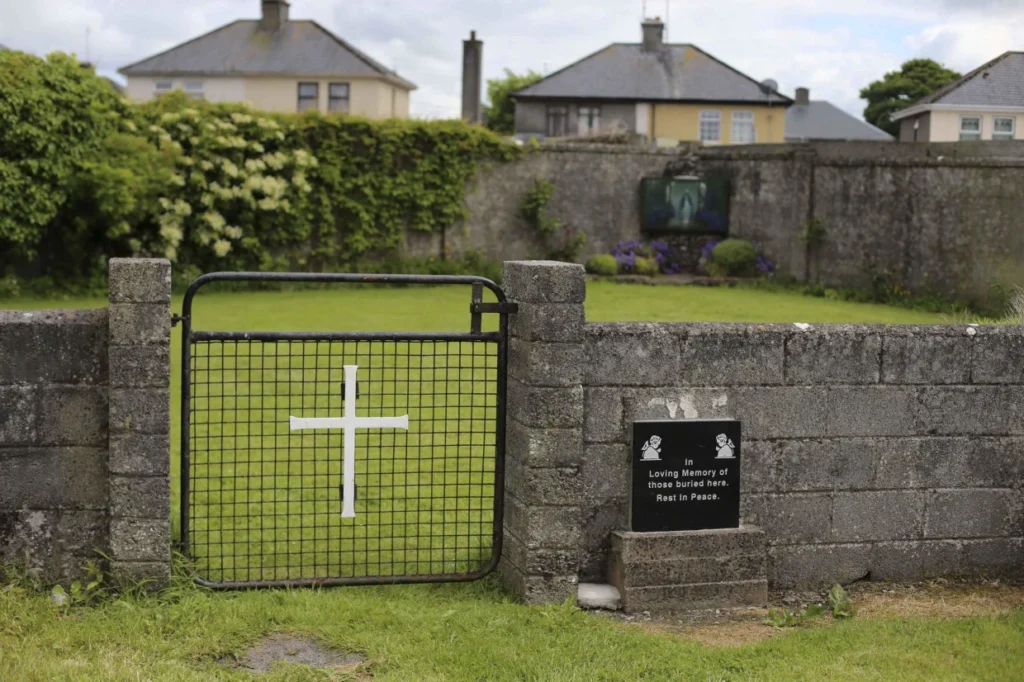A long-awaited excavation has begun at a former ‘mother and baby home’ in Tuam, Ireland, where the remains of nearly 800 babies and children are believed to be buried.
The discovery has sent shockwaves across the nation, exposing the dark underbelly of a mid-century Ireland that was heavily influenced by Catholicism and its cruel attitudes towards illegitimate children and their mothers.
A Painstaking Journey to Uncover the Truth
Local historian Catherine Corless’s painstaking research uncovered the deaths of 798 children at the home between 1925 and its closure in 1961.
Her findings, which made headlines around the world, revealed that many of the children who died at the institution were dumped into a former sewage tank, known as “the pit”.

The excavation, which could last up to two years, aims to identify as many of the remains as possible through DNA testing and give them a dignified reburial.
A Seminal Moment in the Search for Closure
The excavation is a major step towards closure for families who have been searching for answers for decades.
Annette McKay, whose mother gave birth to a baby girl at the Tuam home in 1942, hopes that her infant sister’s remains can be exhumed and laid to rest with her mother.
“I don’t care if it’s just a small amount of remains,” she says. “I just want to be able to lay Mary Margaret to rest with my mother, Maggie.”
A Dark Chapter in Ireland’s History
The Tuam home is just one example of the many ‘mother and baby homes’ that operated in Ireland during the mid-20th century.
These institutions were notorious for their cruel treatment of unmarried mothers and their children, who were often forced to work in laundries and were separated from their offspring.
The Irish government has since apologized for the “appalling level of infant mortality” in these institutions, and the Sisters of Bon Secours, which ran the Tuam home, has offered “profound apologies” for the “disrespectful and unacceptable” way the children were buried.
A Journey to Healing and Closure
As the excavation begins, the people of Tuam are still grappling with the contempt and neglect that occurred in their town.
Catherine Corless says she is still trying to understand how the church, which preached about looking after the vulnerable, could treat innocent children with such cruelty.
The excavation is a step towards healing and closure for the families affected, and a reminder of the importance of confronting the dark secrets of the past.
What’s Next?
The excavation is expected to last up to two years, and the team will work to identify individual babies through DNA samples from living relatives. While many relatives hope to find closure, others may never get the answers they are looking for.
As Annette McKay says, “We need to know what happened in that place. We need to know the truth.” The excavation is a major step towards uncovering the truth and bringing closure to the families affected by the Tuam home tragedy.

